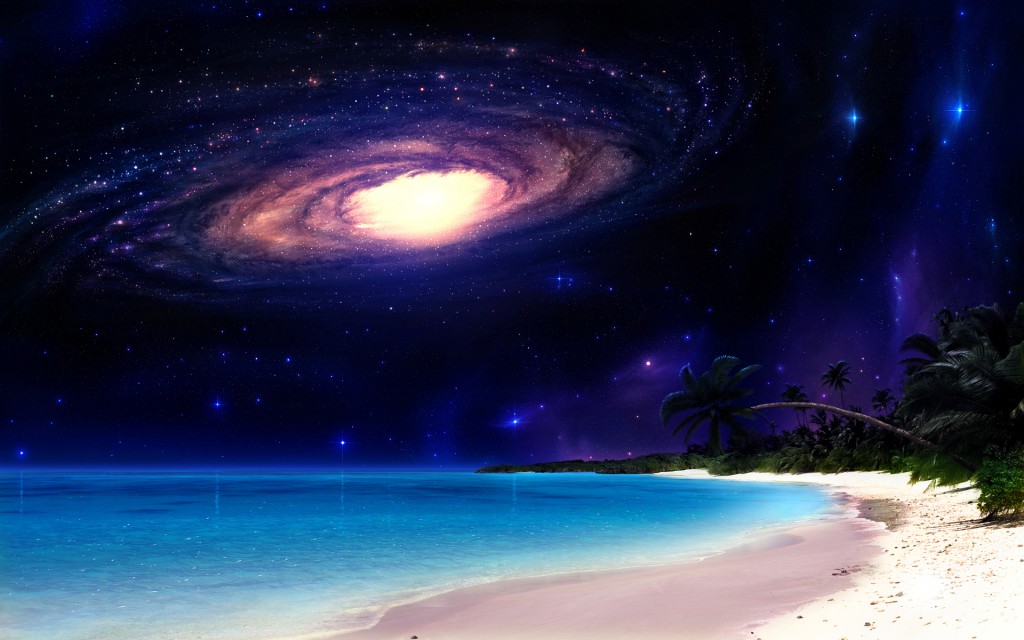Science and Art
This is one of the reasons why the Hubble Space Telescope is so popular. The Hubble produces beautiful images full of vivid color and detail. They’re amazing to look at but these images, as pretty as they are, don’t return a lot of actual scientifically valuable data. We use other instruments to produce meaningful data and numbers so we can better understand these cosmological phenomena. But numbers aren’t sexy and dense scientific papers don’t have opening blockbuster weekends or art gallery exhibitions. The Hubble’s pictures present the universe to us on a level that anyone can relate to.

Pillars of Creation [Image Credit: NASA, ESA, and The Hubble Heritage Team]
Joe Hedges has songs that lyrically don’t even mention anything science related but still, for some reason to me, convey a sense of awe and wonder. He sometimes uses unconventional instruments and techniques, notably highlighted in his album, ‘Alchemy.’ This can sometimes get you a little out of your comfort zone, like the song ‘Futureflies‘ where the chorus crescendos with a pleasing melody and tempo, then -surprisingly- changes tempo and the overall feeling of the song. This is only justified by returning to the previous pleasing melody which actually causes me to like it even more! (Absence makes the heart grow fonder?) And of course, for my money, nothing beats the imagery, music, and lyrics of ‘Meteor Flower.’
Music and art help enhance our imagination and is an essential part of the human condition. Cave art is one of the earliest indications of our species’ transition into the modern era – and music was a part of that transition. (By the way, if you haven’t seen Werner Herzog’s Cave of Forgotten Dreams, do yourself a favor and watch it now.) Art is uniquely human. There’s no other known species that practices art in order to present abstract ideas and metaphorically convey emotions. It is an innate part of us and we wouldn’t be here without it.
I’ve always said that backyard astronomy is 10% what you see, and 90% imagination. Music, art, and poetry will continue to be an integral part of my love of science, helping to contribute to that 90%.
(Some “art” of mine about Life and Death):


Totally agree with you. That beach scene from Contact, literally gave me goosebumps.